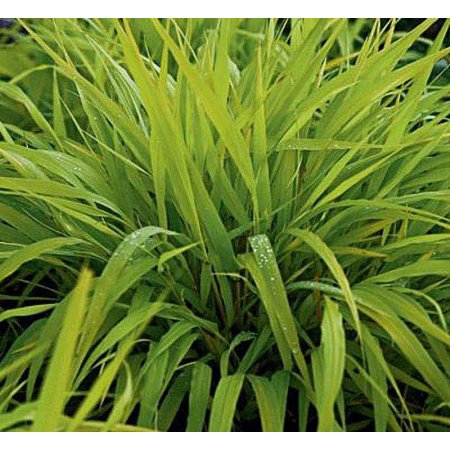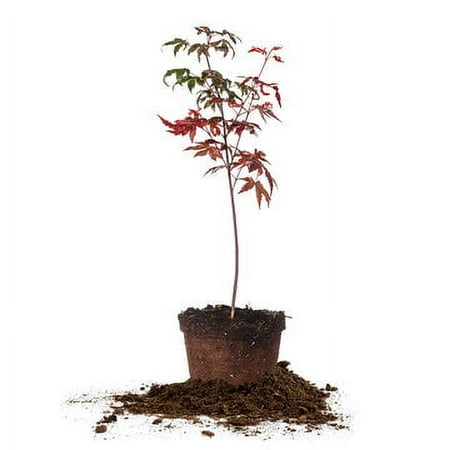Sanctuaries in the city – NYC garden designer reveals how to transform urban rooftop gardens into green oases
Filling an urban space with planting will create a private, calming retreat
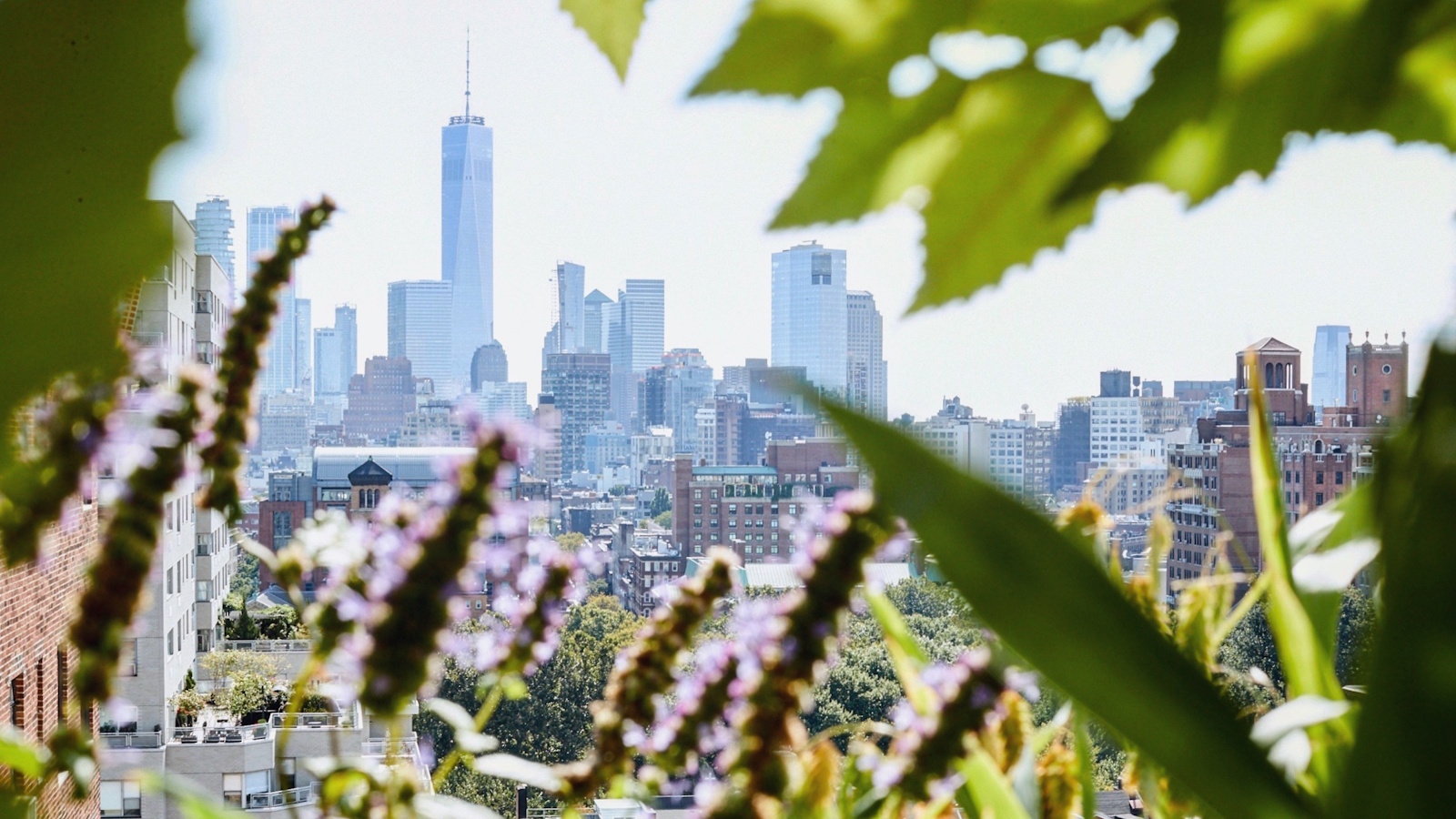

Space has always been at a premium in New York City. Since it was impossible to keep growing outwards, the only direction left was up, resulting in an infamous skyline dominated by some 7,000 high-rise buildings. While ground-level gardens are hard to come by, these towering structures have unlocked new potential, with over 40,000 acres of rooftop space that is ripe for transformation into urban sky gardens.
In a city renowned for the remarkable High Line transformation, there is a great garden opportunity for many unused or currently inaccessible rooftops. Just think, bustling streets below, secret urban oases high above. The future of gardening could be here, suspended in the skies. If we embrace this opportunity, the potential for greenery and biodiversity in cities worldwide is immense. Indeed, we are already seeing progressive high-rise planting and huge innovations in urban horticulture in countries like Singapore.
Earlier this month, I spoke with New York-based landscape designer Dima Rumiantcev about his vision for urban rooftop gardens and why we should all be maximizing whatever space we have. His philosophy? Be bold and celebrate your space. While the city’s vibrant energy is undeniable and intoxicating, creating your own sanctuary filled with lush plants and buzzing wildlife will have a transformative effect on your life. Here, Dima shares advice on how to make the most of urban rooftops, terraces and balcony gardens.
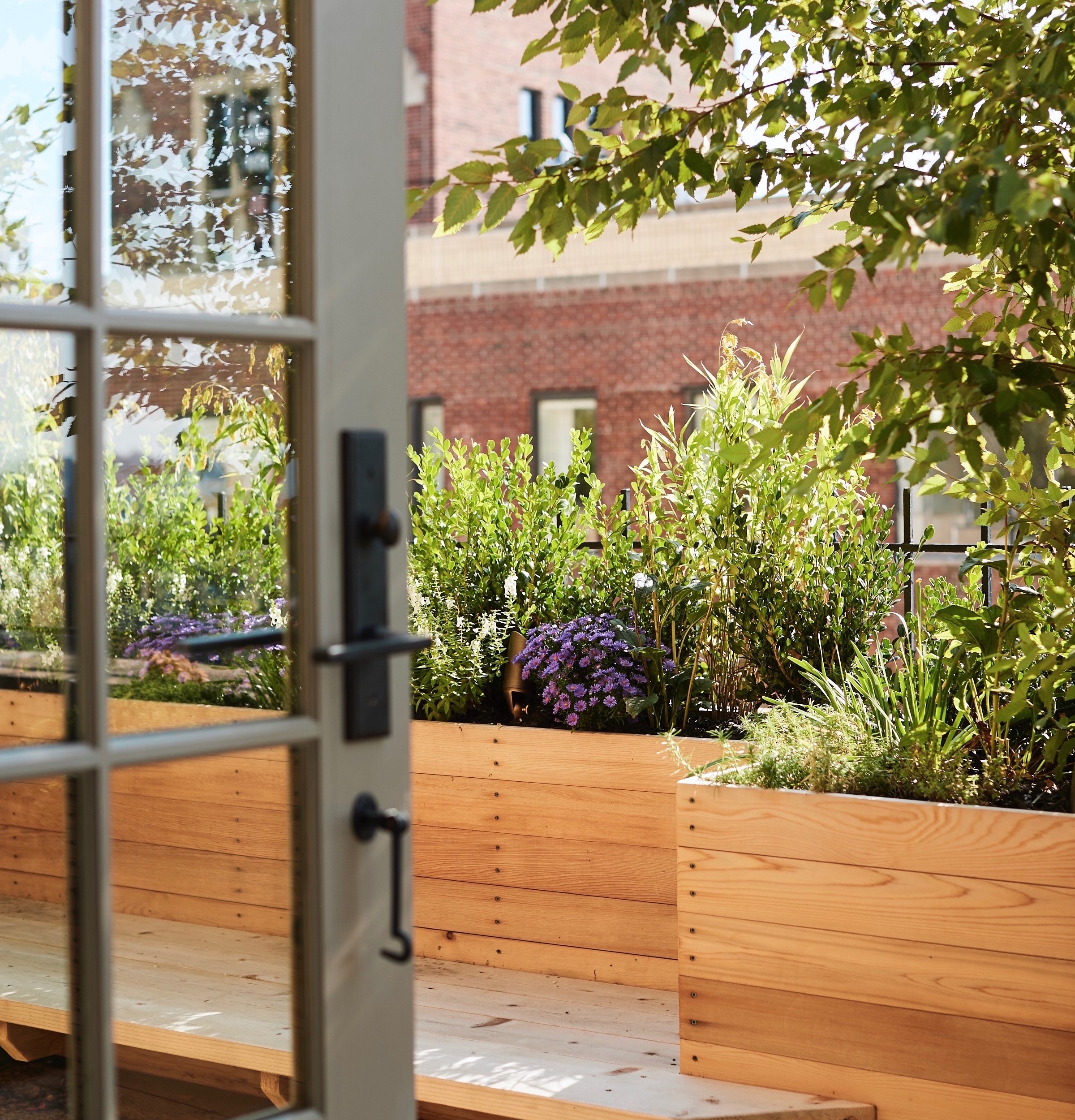
How to transform urban rooftop gardens and balconies
Gardening on an urban rooftop or balcony is very much a different undertaking than gardening at ground level. Pots must be used in imaginative ways, and making the most of small spaces - often with narrow walkways - can be challenging. However, using smart and practical planters, full of layered perennials, grasses and trees, can help to create a space to escape to. While living in the city is often frenetic and fast-paced, having a sanctuary to retreat to is, I think, essential. Here, Dima shares rooftop terrace ideas to transform any urban space.
Designing with intention and purpose in mind
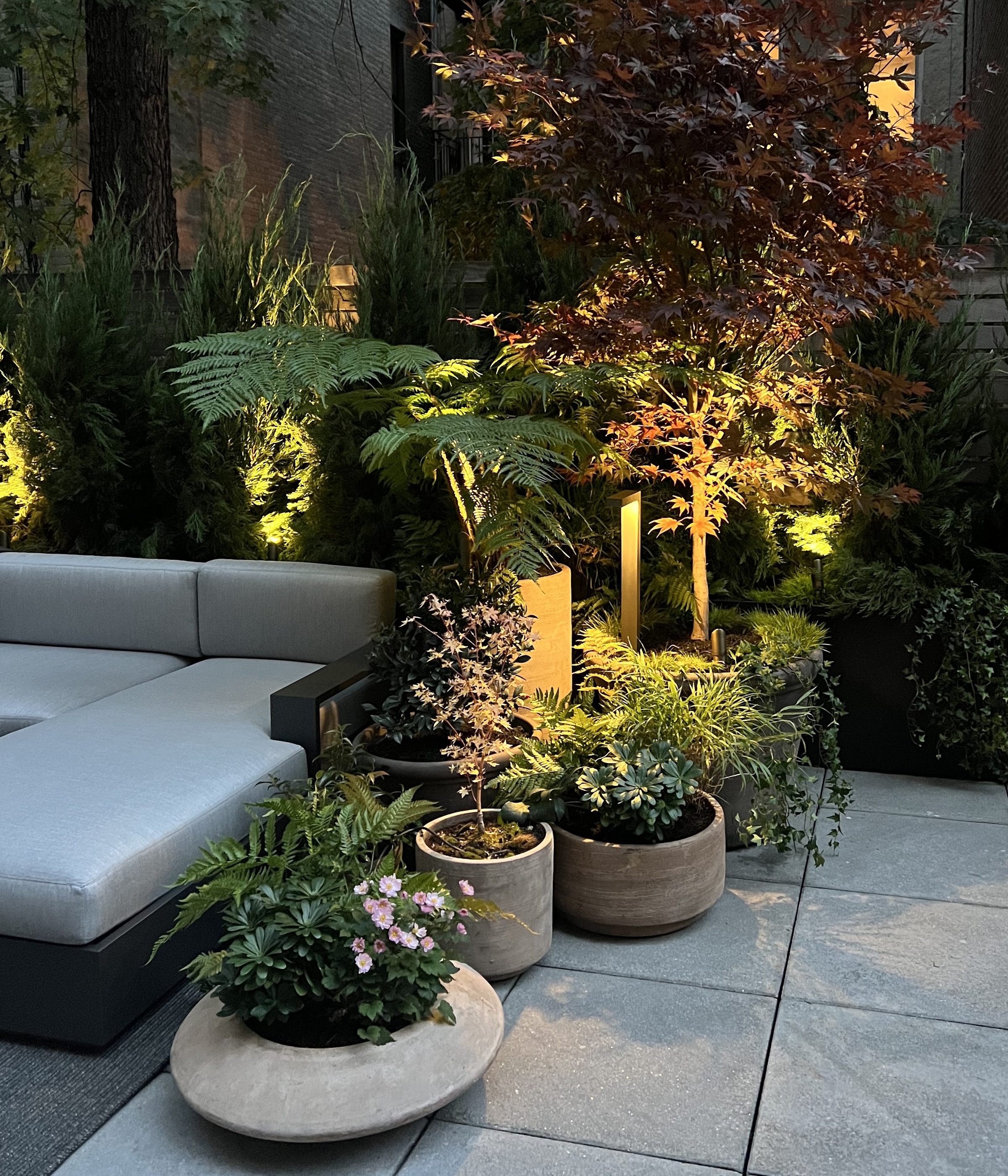
'I start each project by meeting the prospective client and asking two questions: how are you currently using your outside area, and what do want to be using this space for in the future? Everything flows from how they answer,' says Dima.
'Having an outdoor space in New York is a privilege, so I always want clients to utilize their garden to its full potential, whether it is a tiny terrace, balcony, or an entire rooftop. Each space is unique, of course, and the challenge is making it both functional, aesthetic and suitable. I want to create urban gardens that look spectacular, but I also want them to be low-maintenance and sustainable, and look just as good five years from now.'
There is much negotiation and compromise involved during this planning and design stage when building a garden. Garden-making is a deeply personal act, and so understanding the personalities and preferences of clients is important. Dima continues: 'Terraces and gardens are an extension of an interior. Another room to use as part of the home. The owners want to feel connected to this space and see their lifestyle reflected in the design.
'One client might want a rooftop or balcony to serve as a shield, to create privacy and block off the outside world. Another client might want an open, relaxing space for entertaining, to celebrate their spectacular views of the city.'
Understanding how you want to use your space will help to narrow down your design choices, and beyond this, you can begin to think about functional and practical considerations.
'It is important to think about lighting, too, as most clients will only be able to enjoy their outdoor spaces at night after work. And of course, you must consider the US hardiness zone and the unique location of each garden, accounting for the sun, wind and fluctuating weather high up in the clouds.'

Dima Rumiantcev is a New York-based landscape designer and the founder of award winning DiMastery Studio, specializing in transforming small-scale residential terraces and backyards into beautiful, functional outdoor spaces, attaining a diploma in Landscape Architecture from Saint-Petersburg State Forest Academy. With a deep understanding of horticulture, landscape architecture and design principles, Dima combines creativity with expertise to craft stunning, sustainable gardens that reflect his unique visions.
Creating mindful, meditative spaces in busy urban areas

'New York is a concrete jungle,' Dima continues. 'Outdoor spaces like balconies and terraces offer a unique opportunity to connect with nature and get a break from the hectic life of the city.
'Your home becomes a sanctuary, a peaceful retreat. If you can sit on your sofa or at your dining table with a view of a garden, full of greenery, it can be transformative.'
Thinking about viewpoints from the home is certainly important, as Dima says. If you are working on your laptop, glancing up and observing bees or butterflies feeding on the nectar of colorful plants can bring a moment of joy to even the busiest or most stressful of days.
'With the life we all have in New York City, these small green spaces become invaluable. Feeling safe, secure and surrounded by nature can only be good,' Dima adds. 'While this might seem insignificant or silly, these small moments of mindful gardening can change the day, helping clients to relax and reconnect with nature and themselves.'
Creating a sensory garden is one way to do this. Color, of course, is important, and planters full of greens, pinks, yellows and whites will undoubtedly lift a gray, concrete-filled terrace. But scent and taste are also important.
Dima adds: 'I always try to incorporate a planter or two with edimentals. Growing herbs to be used in the kitchen, or strawberries and tomatoes that you can pick and eat in the summer is not only fun but grounding, enabling you to connect with nature in the middle of the city.'
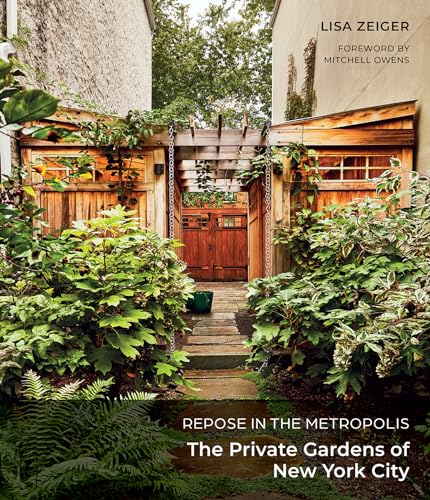
This acclaimed book features 14 very different gardens belonging to New Yorkers, designed by major landscape designers. Full of beautiful imagery and inspiration, this book will have you rethinking your garden design.
Planting ideas for urban rooftops and terraces

'When selecting a plant palette for any project, I am constantly balancing functionality, aesthetics and sustainability,' Dima says. 'There is only so much space in a planter, therefore every square inch matters.
'When working with pots, I use the thriller, filler and spiller strategy. The thriller is the focal point, either a large shrub or a tree. The filler plants add bulk and texture to the arrangement, and the supporting spiller plants cascade over the edges of the container, softening the composition.
'My number one choice is always native planting. If we need something more to create a desired look, I use non-invasive plants from across the globe. Whatever the plant, however, we have to make sure it is hardy and resilient, enduring frozen winters and scorching, dry summers. In addition, New York streets are often wind funnels, so tolerating strong winds is important.'
Dima enjoys using some of the longest-flowering perennials, such as the native Echinacea purpurea, commonly known as the purple coneflower, or hummingbird mint, Agastache ‘Blue Fortune’.
'These native perennials are both resilient and long-lasting,' Dima says, 'providing color from summer through until fall. Both have a high ecological value and are adored by pollinators, including butterflies and bees.
'These perennials also have strong stems, making them an ideal pick for a rooftop,' Dima adds. 'I would also suggest leaving the seedheads for fall and winter interest.'
Ornamental grasses are always impactful, particularly if you are seeking plants for privacy on a balcony or terrace. One popular option is Hakonechloa macra, commonly known as Japanese forest grass, as seen in the image above. With thick green blades, not only can this plant add height to a pot, but the sound it generates as the breeze passes is soothing.
'Japanese forest grass is ideal for adding texture in urban gardens,' Dima says. 'Its arching form provides a soft, flowing effect, spilling over the edge of your pots. What's more, it performs well in sunny and shady areas, bringing a lush, green presence even in challenging spaces. As with most ornamental grasses, golden-brown shades in the fall and winter maintain interest despite the change in seasons.
'One native grass for fall and winter interest to consider is Schizachyrium scoparium ‘Ha Ha Tonka’, commonly known as little bluestem,' Dima continues. 'With its narrow and upright habit, this tough plant is a fantastic choice for windy, exposed areas. It also has a stunning color transition from blue-green to orange-red, looking particularly impressive on those cold December days.'
Finally, 'for a small tree with striking foliage, choose a tough, hardy Japanese Maple. One standout is the coral bark variety, Acer Palmatum ‘Sango Kaku’. With a compact size and slow growth, this maple is well-suited for urban environments, tolerating hot and cold weather while also dazzling in every season.'
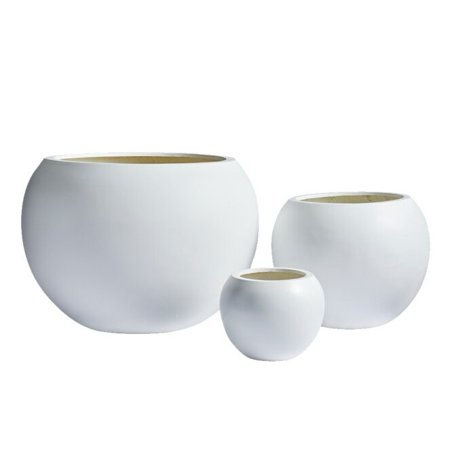
With a sleek spherical design, these planters are perfect for modern terraces. Made of fiberstone composite materials, this lightweight design is practical for rooftops or balconies.
Supporting wildlife in the city is crucial
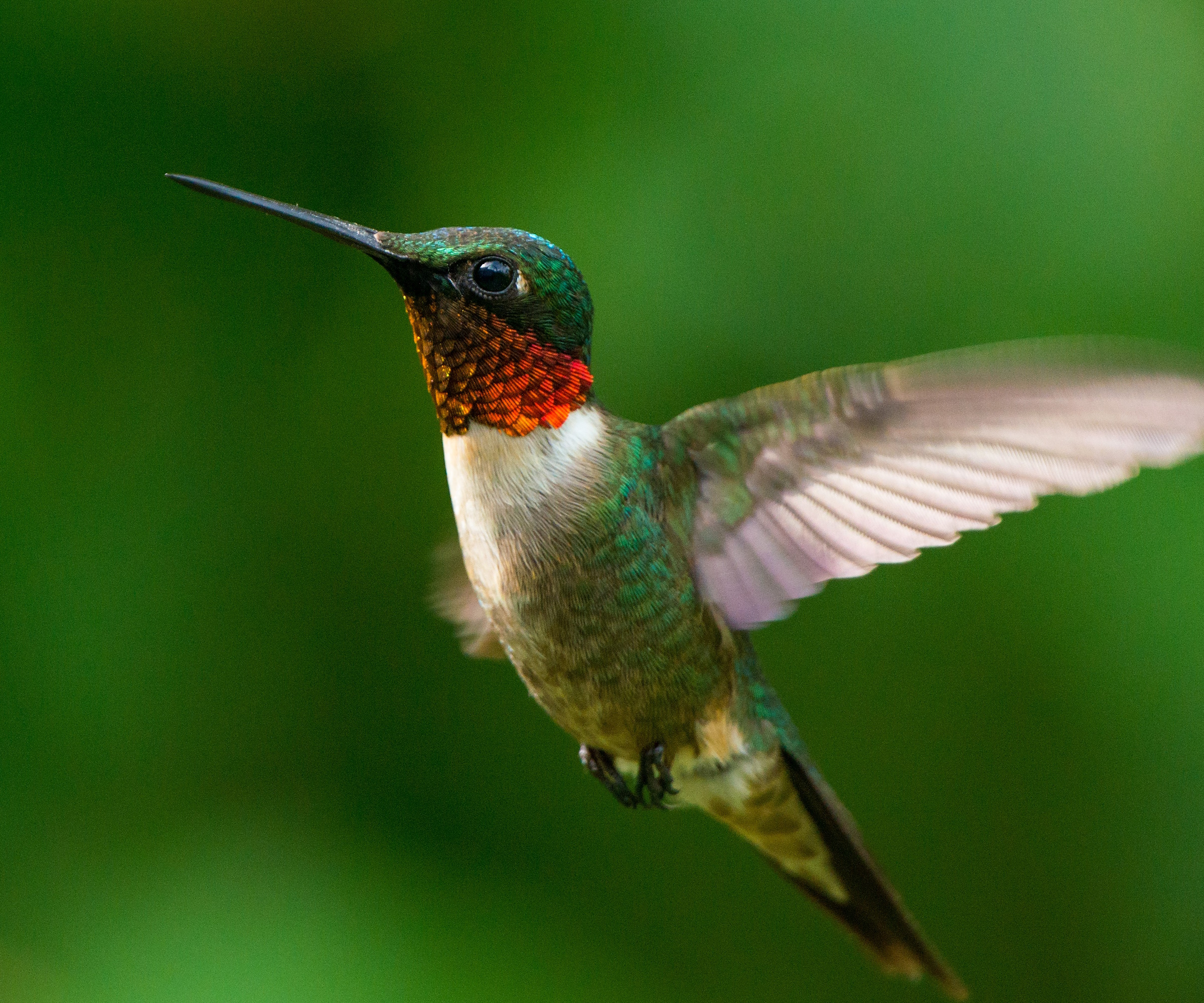
While trees, shrubs, perennials and annuals are instrumental in creating a garden retreat, there are, of course, untold environmental benefits too, not least boosting biodiversity.
'Incorporating wildlife garden ideas is always an important consideration when designing urban spaces,' Dima says. 'Plant life plays a crucial role in supporting local ecosystems by offering food and shelter for beneficial insects and birds. I always suggest leaving flower seedheads intact and avoiding cutting back grasses for as long as possible to maximize these benefits.'
Incorporating late-season flowers can also help those traveling species as they pass through the city, such as the hummingbird migration and monarch butterfly migration.
'Adding nectar-rich, long-lasting flowering plants is a good start,' Dima says. For example, adding one or two fennel plants to your terrace not only enhances the appearance but also provides a habitat for yellow swallowtail butterflies, which lay their eggs on these plants, helping to support biodiversity in your local area. Small acts like this are important, and we all have a part to play in doing what we can for the natural world.'
FAQs
What design elements can help with rooftop weight restrictions?
Weight restrictions should be your number one concern when creating rooftop or balcony gardens. If you are not sure what the allowances for your building are, consult with a structural engineer to determine the accepted weight. Once you know your weight restriction, you can quickly calculate how many planters and how much soil you can use. To keep the total weight down, use fiberglass planters. Another design trick is to fill the bottom third or half of each planter with natural clay pebbles, available from Walmart, which are significantly lighter than soil.
Plants grown in pots on a rooftop can be long-lasting, but it is important to remember that these conditions are not as optimal as planting in the ground. 'The lifespan of a tree or shrub in a container is limited,' Dima says, 'and we should always keep that in mind. Irrigation in the summer is important, but so too is root pruning, adding fresh soil and regular feeding. These practices will help to extend the lifespan of your rooftop plants.'
For more advice, see our guide on how to garden in a rental property, to help you make the most of small, temporary spaces in busy urban environments.
Sign up to the Homes & Gardens newsletter
Design expertise in your inbox – from inspiring decorating ideas and beautiful celebrity homes to practical gardening advice and shopping round-ups.

Thomas is a Content Editor within the Gardens Team at Homes and Gardens. He has worked as a professional gardener for both public spaces and private estates, specializing in productive gardening, growing food and flowers. Trained in Horticulture at the Garden Museum, he has written on gardening and garden history for various publications, including The English Garden, Gardens Illustrated, Hortus, The London Gardener and Bloom. He has co-authored a Lonely Planet travel book, The Tree Atlas, due out in 2024.
-
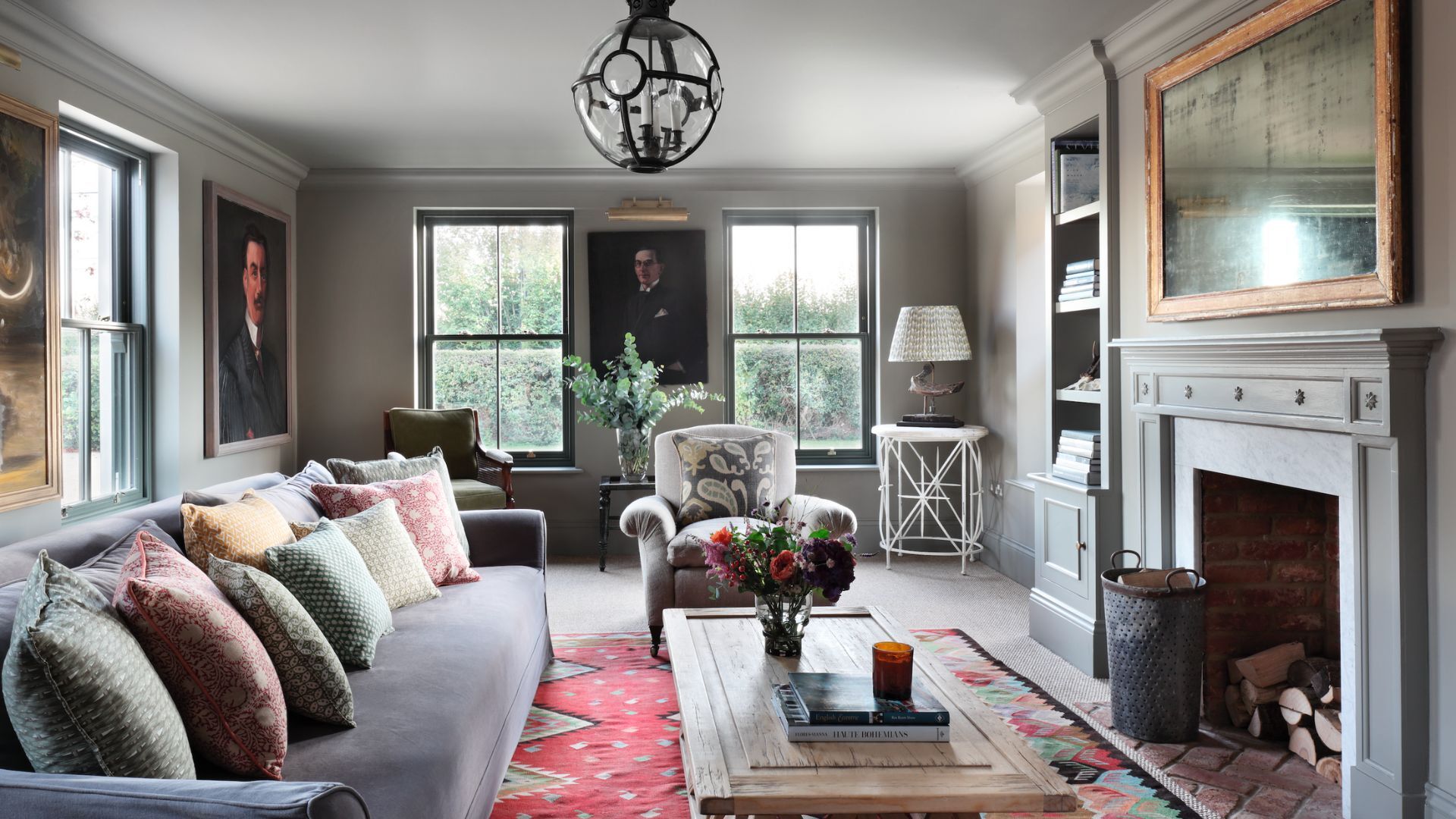 I thought I hated gray, but this one paint changed my mind and now I use it all over my home
I thought I hated gray, but this one paint changed my mind and now I use it all over my homeWhy Farrow & Ball Pigeon defies everything I loathe about gray paint
By Sophia Pouget de St Victor
-
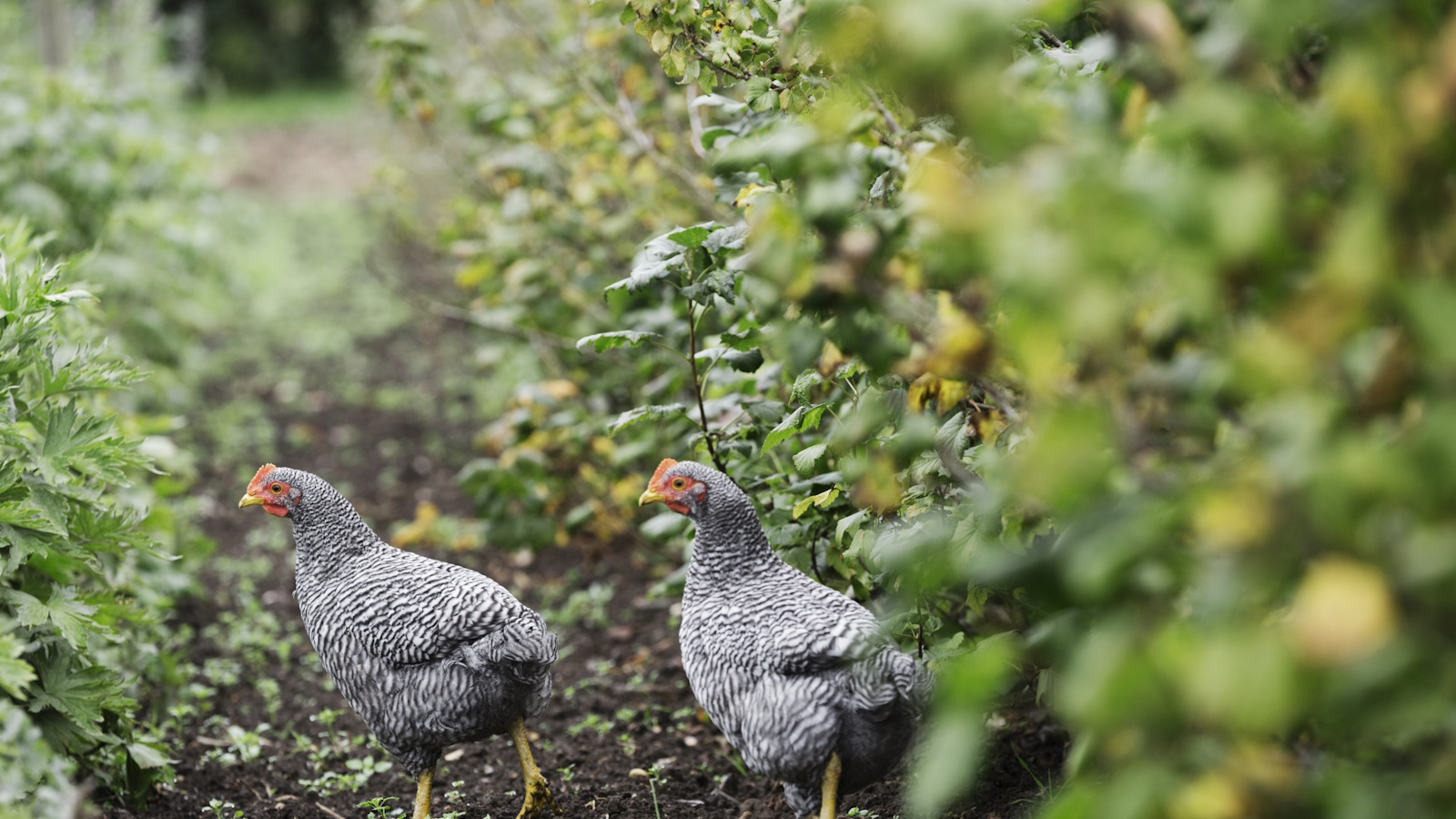 Best plants for a chicken run – 7 fragrant and floral plants for happy hens and beautiful coops
Best plants for a chicken run – 7 fragrant and floral plants for happy hens and beautiful coopsYour chicken run can be every bit as beautiful as your own garden, so long as you do your research first
By Kayleigh Dray
-
 Best plants for a chicken run – 7 fragrant and floral plants for happy hens and beautiful coops
Best plants for a chicken run – 7 fragrant and floral plants for happy hens and beautiful coopsYour chicken run can be every bit as beautiful as your own garden, so long as you do your research first
By Kayleigh Dray
-
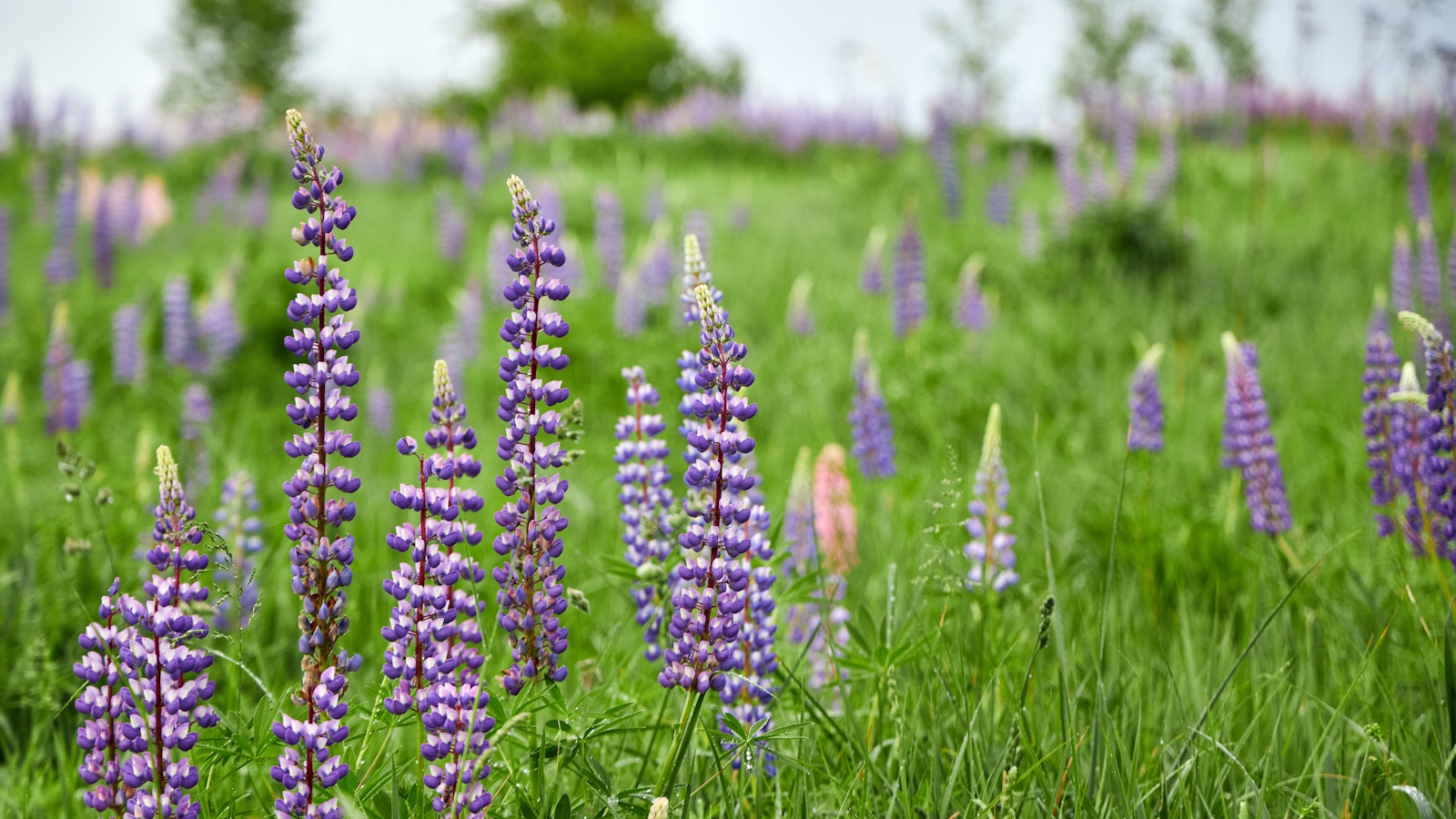 How to grow lupine – expert advice on growing this dramatic and vibrant cottage garden flower
How to grow lupine – expert advice on growing this dramatic and vibrant cottage garden flowerVibrantly colored flower stalks make swathes of lupines a sight to see in meadows and cut flower gardens alike
By Ellen Wells
-
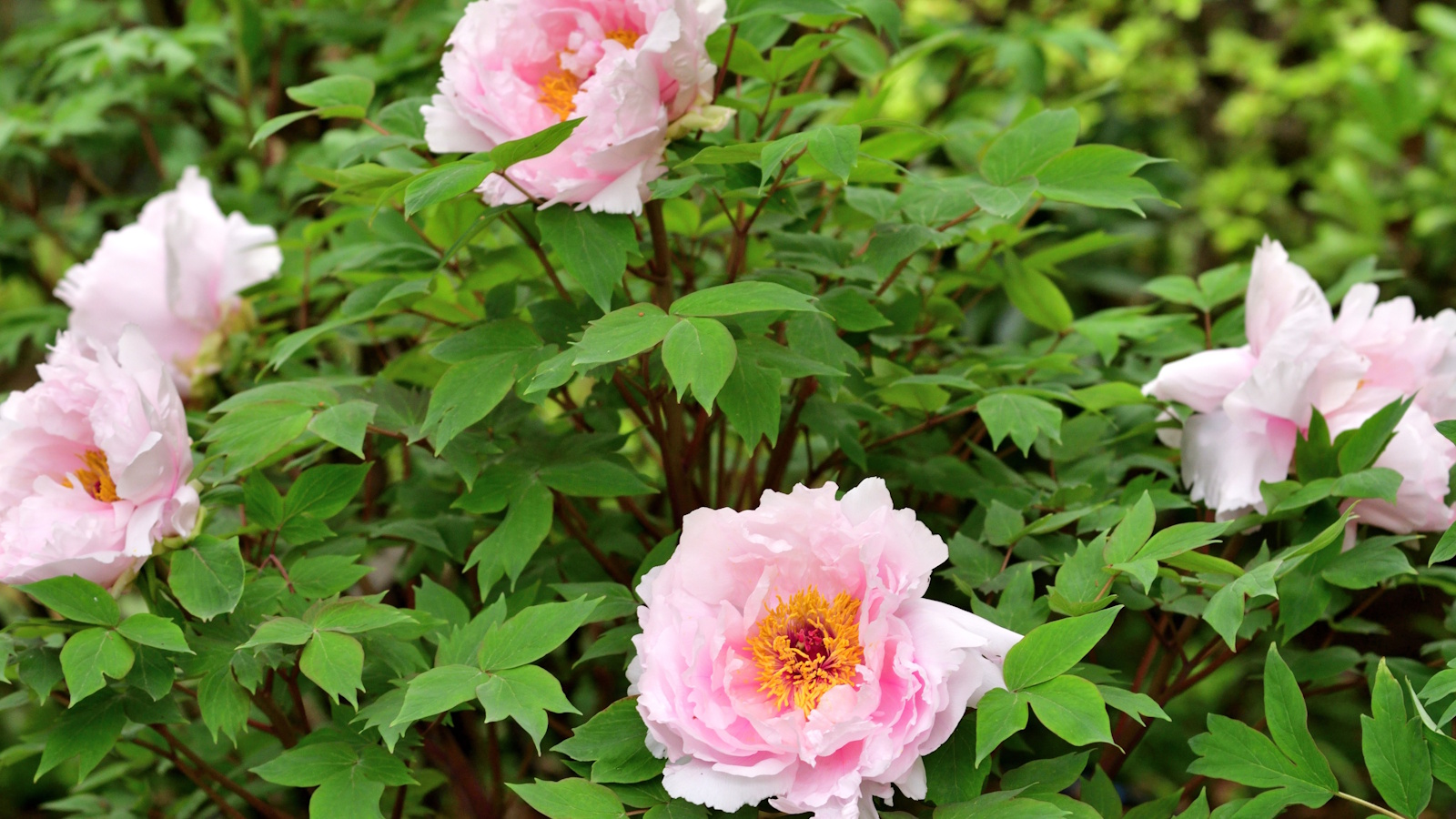 How to grow tree peonies in pots – for a show-stopping shrub that will thrive in partially shaded yards
How to grow tree peonies in pots – for a show-stopping shrub that will thrive in partially shaded yardsWith large, saucer-like blooms, tree peonies are the ultimate flowering shrub
By Thomas Rutter
-
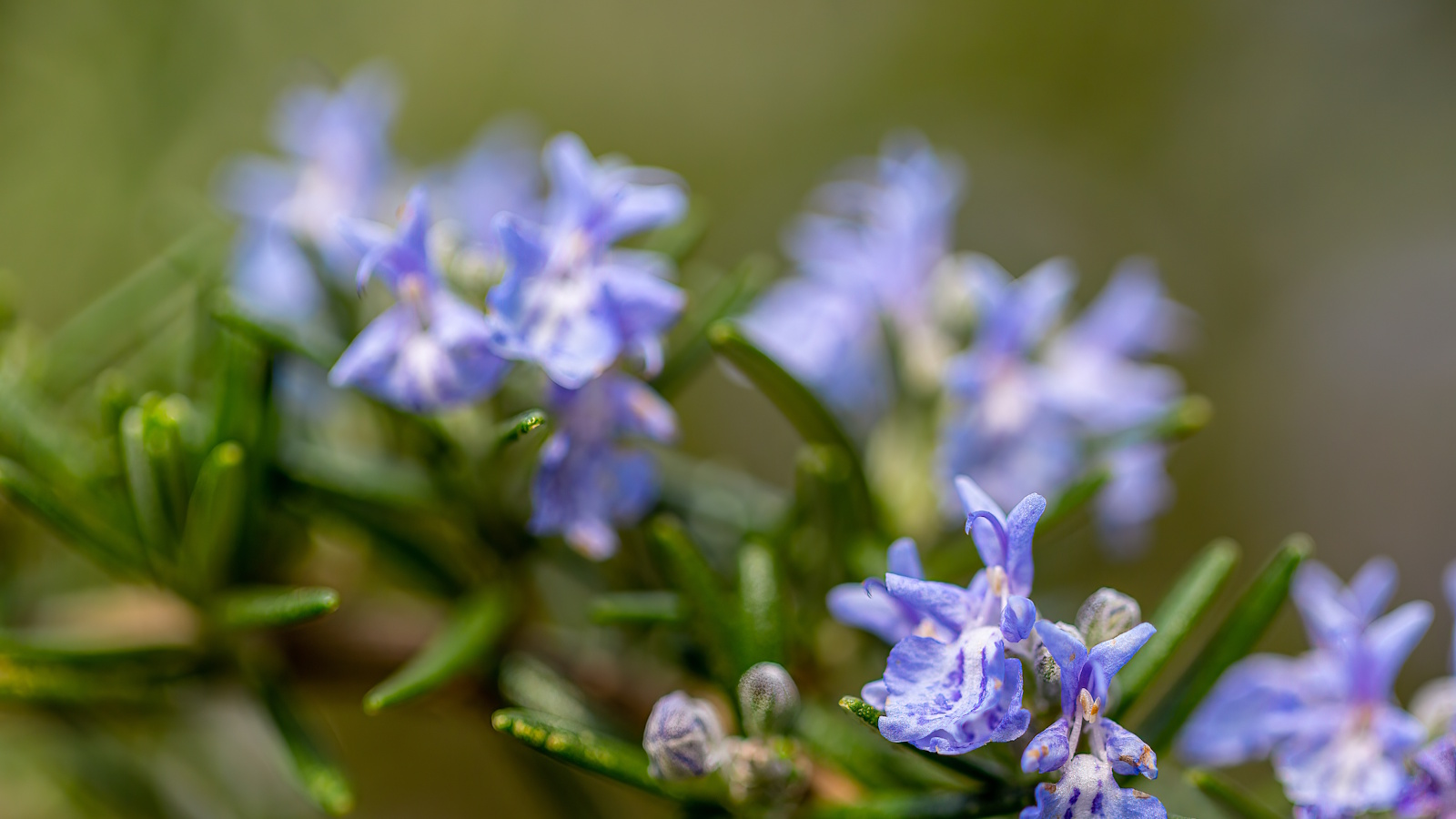 Can you revive woody rosemary plants? Expert pruning advice from a professional gardener to save old, leggy herbs
Can you revive woody rosemary plants? Expert pruning advice from a professional gardener to save old, leggy herbsWith the right pruning approach, old and woody rosemary plants can be brought back to life
By Thomas Rutter
-
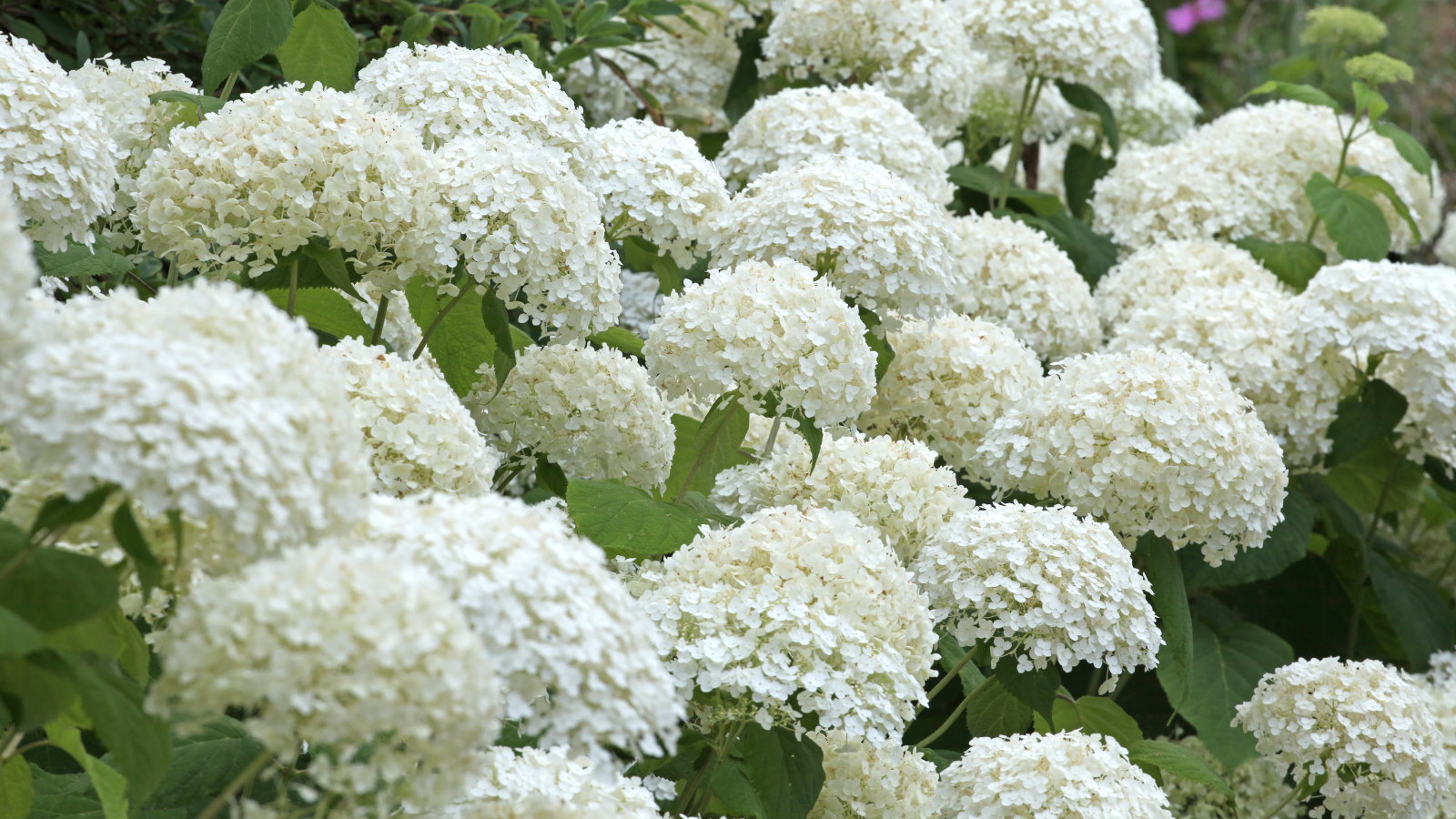 Your hydrangeas will flourish with bigger blooms and healthier growth thanks to this 1 natural material that is easy to use
Your hydrangeas will flourish with bigger blooms and healthier growth thanks to this 1 natural material that is easy to useDiscover why you should be using leaf mold to mulch hydrangeas
By Drew Swainston
-
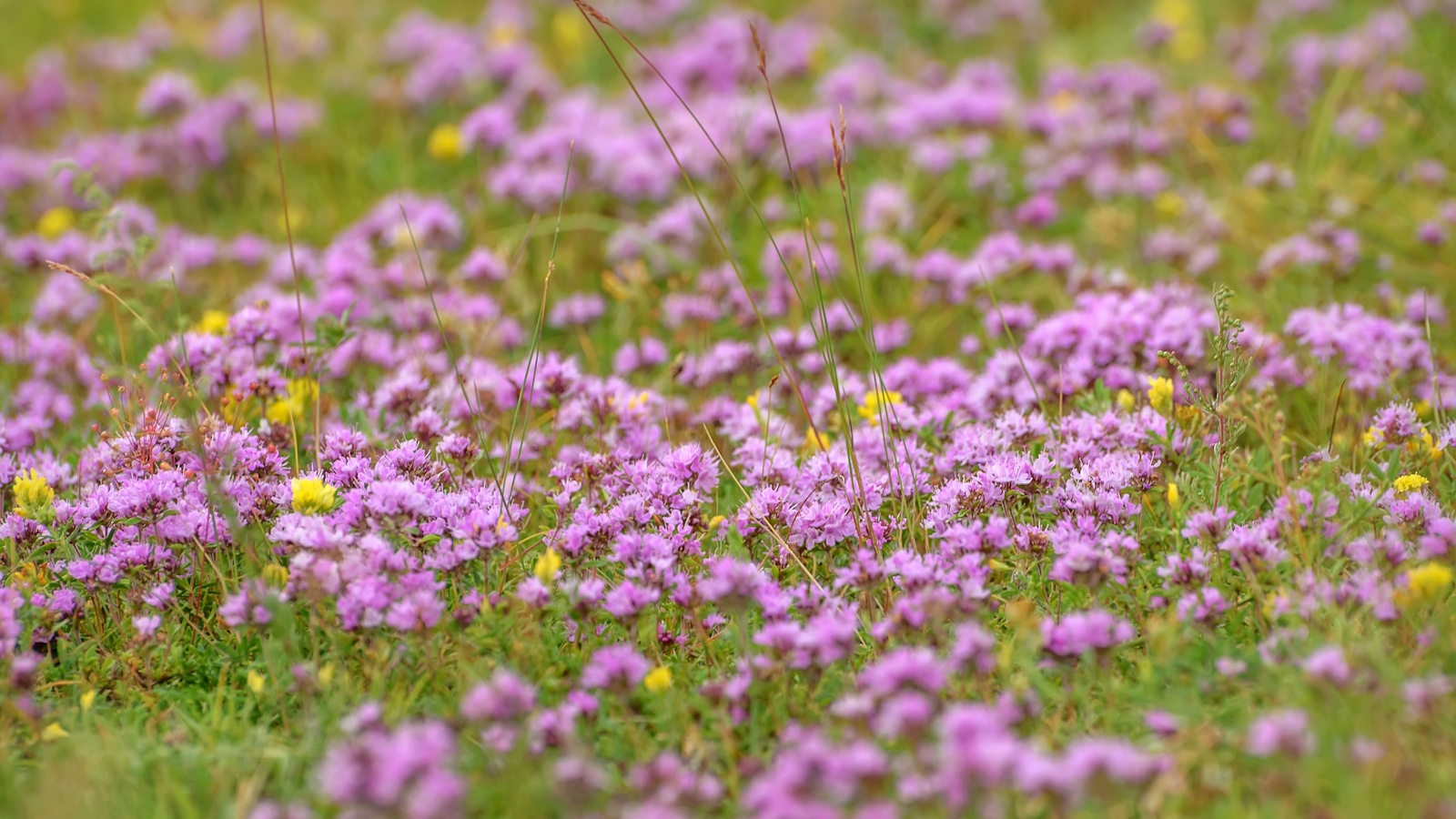 5 fast-growing tiny flowers – expert recommendations to fill your pots and borders with color in record time
5 fast-growing tiny flowers – expert recommendations to fill your pots and borders with color in record timeThese fast-growing tiny flowers prove that miniature can also be marvelous
By Thomas Rutter
-
 How to grow sassafras – for a low-maintenance native tree that can even be planted in shady yards
How to grow sassafras – for a low-maintenance native tree that can even be planted in shady yardsFor an easy-to-grow North American tree, you will not find much better than sassafras
By Thomas Rutter
-
 How to grow crepe myrtle in pots – and transform even the smallest of yards with dazzling flowers this summer
How to grow crepe myrtle in pots – and transform even the smallest of yards with dazzling flowers this summerGrowing crepe myrtles in pots will inject splashes of brilliant color into your outside space
By Thomas Rutter
